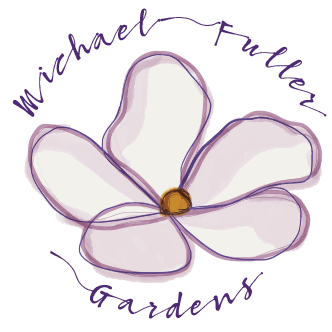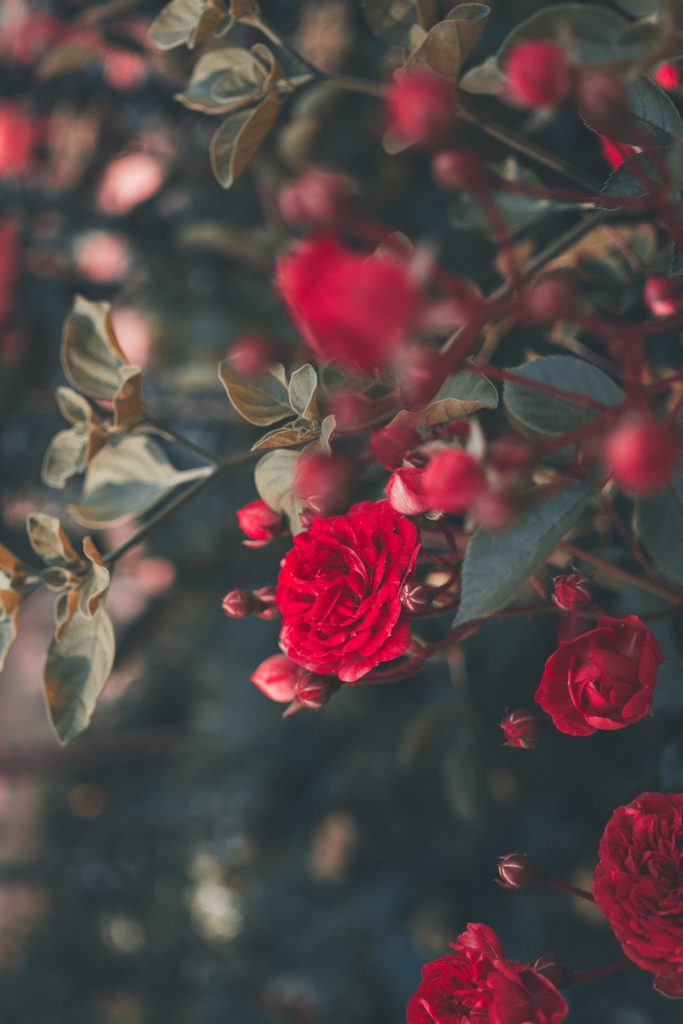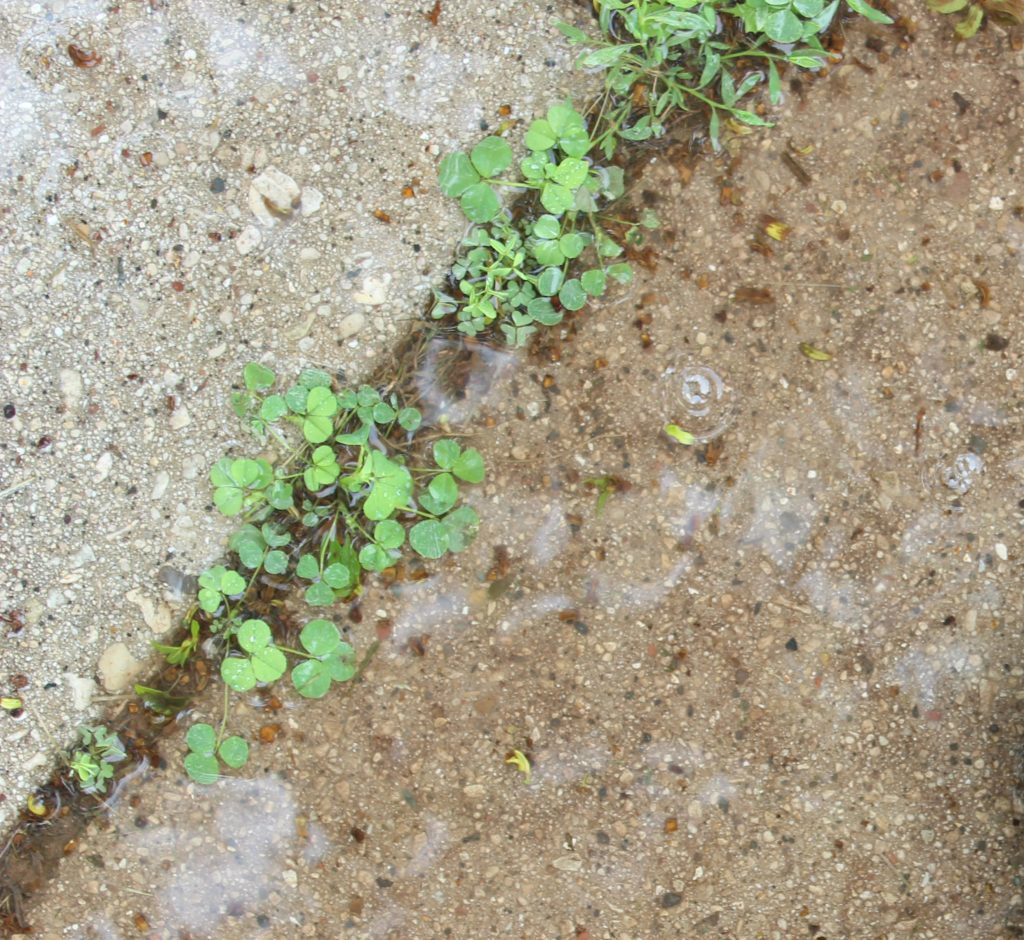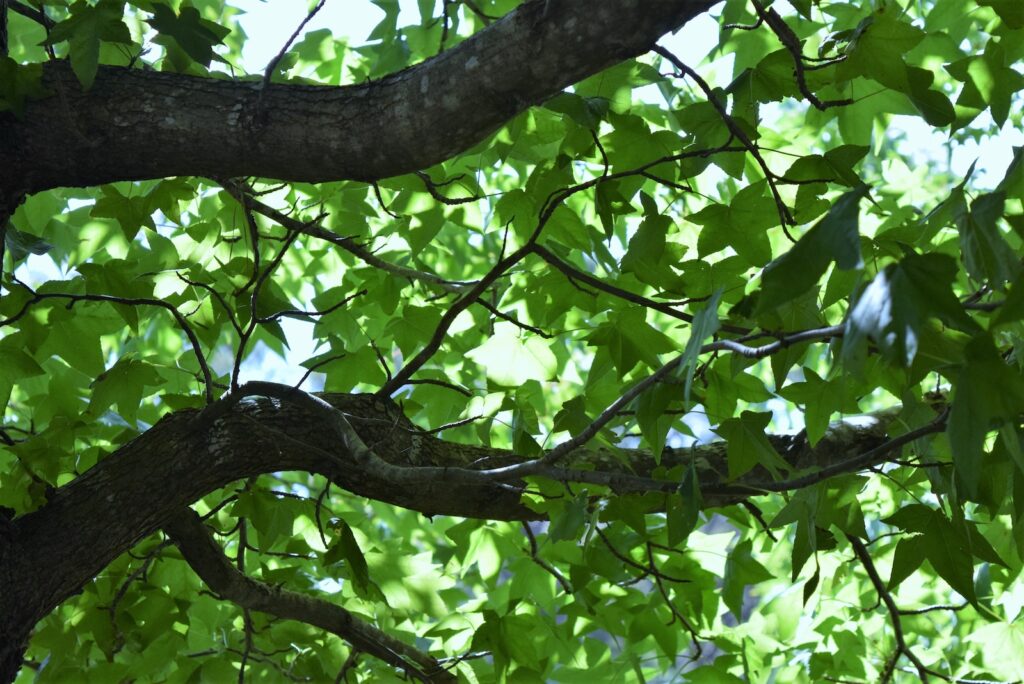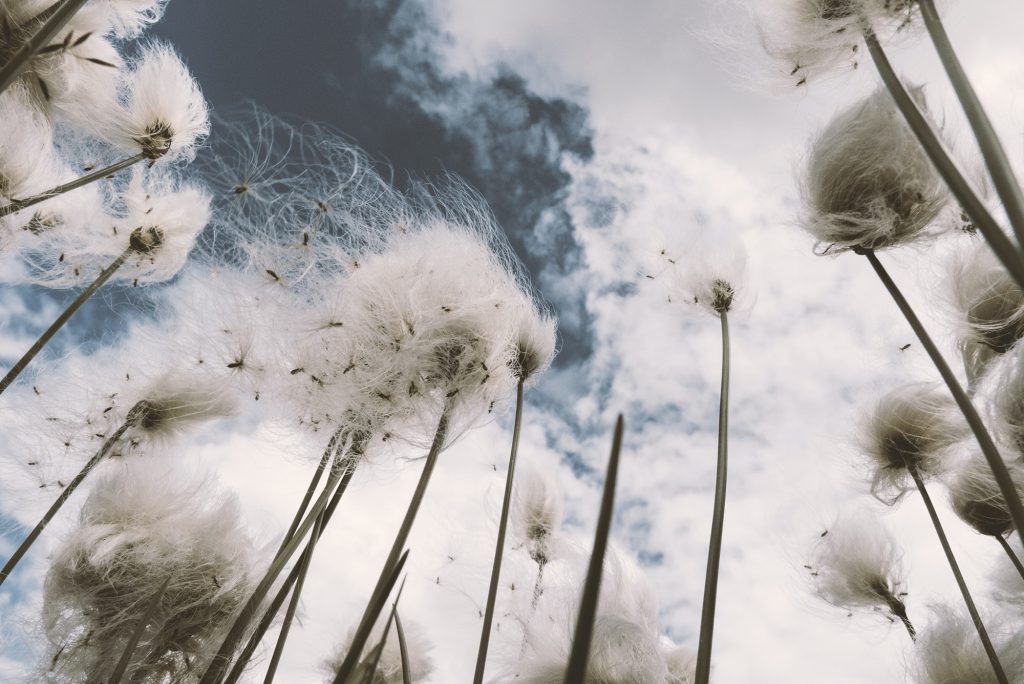Lammas, the Festival of First Fruits.
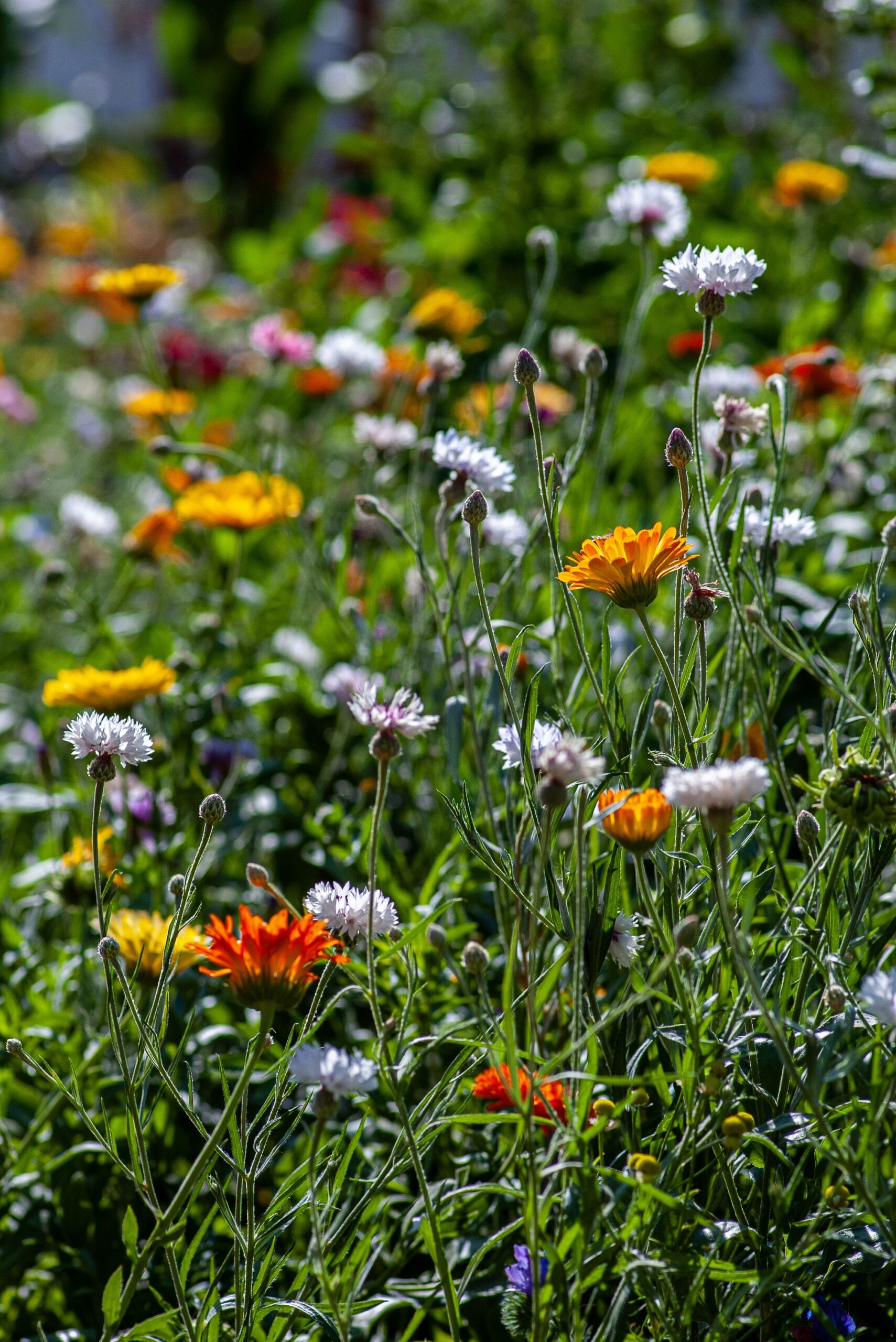
Throughout July, I have been enjoying the gentle movement of meadow flowers, the bold strong colours of perennials like Phlox, Verbena, and Dahlia, as well as the as yet uncut hedges. From Midsummer (June 21st) to Lammas (1st August) I feel I am invited to take part in this dreamy exhalation and movement of nature up into the summer sky, and although some people feel the need to tidy everything the moment midsummer has arrived, I would argue that we should hold back and enjoy these six weeks as a gift. Of course, some hedges might need a light trim, as will some flower beds and meadows where access is required or plants become ugly; but on the whole, I try to relax a little and breathe out with nature, enjoying the movement and feeling of gentle ripening. Throughout July meadows are often at their peak of beauty, as are most flower beds, and the gentle movement of hedges (perhaps trimmed very lightly) exemplifies this mood.
With the arrival of August, however, the work of tidying begins. The first small fruits of the apples will be ripening and even falling; therefore I need to begin cutting the meadows below them. Hedges will indeed now be looking wild; a trim is necessary now that the danger of disturbing most nesting birds has passed. (But please still check – some robins and blackbirds will be on their second brood). Some flower beds will be needing attention: dead-heading and pruning of anything that looks untidy. The mood of Lammas is one of transition, of change, both outwardly in my garden work, but also in an inward way: I am asked to reflect and to begin internalising the gifts of summer. Glennie Kindred sums this up in her book The Earth’s Cycle of Celebration.
“Lammas is the seasonal peak of high summer, and as with all cross-quarter festivals it is the point when we must respond to the changes which are coming. The grain harvest is being gathered in, representing for us, both the food which will sustain us throughout the winter, and the seed, which will grow again in the Spring to bring next year’s harvest. It is a time to give thanks for the active grow period as the sun’s energy begins to wane. We turn once again to face our inner selves, assimilating and understanding on deeper levels what we have manifest”
If I can find a way to connect to such moods throughout the year, moods which are celebrated through the seasonal festivals I will, to a large extent, be guided in my garden work. This guidance will not have a dogmatic, scientific ‘text-book’ quality, but will rather be artistic and living, in harmony with the out-breathing and in-breathing of the Earth. I suspect that this cycle of celebration can be found in all spiritual streams: Celtic, Christian, Jewish, Buddhist, Hindu, Moslem, Shamanic, (and more!) because they each draw their inspiration from the living Earth, her breathing, and her reflection in us.
‘No Mow May’ update
Last month I wrote about leaving an area of lawn to bloom into a ‘mini-meadow’ following the concept of ‘no-mow May’ and I wondered how long this might last. Well, in the middle of July I mowed most of it. This was for two reasons; 1) it was getting quite tall, and it would soon need more than a normal lawnmower to cut it, and 2) I wanted to regain the contrast of a shorter lawn with the still full meadows nearby. However, I still left one irresistible island of flowers within the lawn and the rest I cut on the highest setting; I am hoping that if I now mow only every two weeks, some of the beautiful low clovers and other flowers will soon return, and with them the innumerable bees and other insects.

